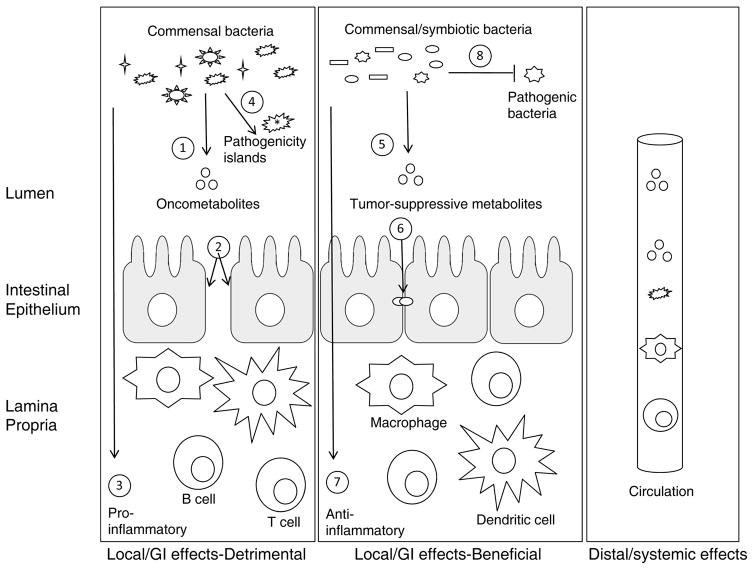Figure 2. Gut microbiota have differential effects on tumorigenesis in the GI tract and at distant sites.
The colon is depicted with a single layer of intestinal epithelial cells (yellow) separating commensal bacteria (black shapes) in the lumen above from immune cells (4 different colors) in the underlying lamina propria. The bacteria can have local effects that are either oncogenic (left box) or tumor suppressive (center box) for colorectal cancer, or they can have distal effects mediated by the circulation that are oncogenic or tumor suppressive for cancer at other anatomical sites (right box). Some of the general effects that gut microbiota can have on tumorigenesis are numbered. Left box: 1, Production of putative oncometabolites such as hydrogen sulfide; 2, Impairment of barrier function, which increases the exposure of immune cells to bacterial endotoxins (e.g., LPS) and antigens; 3, Direct effects of bacterial metabolites and antigens on immune cells to stimulate inflammation by altering immune cell subsets (e.g., the effect of segmented filamentous bacteria or SFB on TH17 cells) and hyperactivating immune cell responses via pro-inflammatory cytokines (e.g., IL-6); 4, The presence of virulence factors including pathogenicity islands, which distinguish pathogens from commensals such as E. coli pks, can exert multiple effects including the induction of DNA damage and aberrant Wnt signaling. Center box: 5, Production of putative tumor-suppressive metabolites such as butyrate, which functions via multiple mechanisms; 6, Maintenance of barrier function; 7, Direct effects on immune cells to prevent inflammation by altering immune cells subsets (e.g. the ability of butyrate to induce TReg cells) and dampening the immune cell response via immunosuppressive cytokines (e.g., IL-10); 8, Competitive exclusion of pathogenic bacteria similar to the prevention of lethal C. difficile infections. Right box: Gut microbiota can also have oncogenic or tumor-suppressive effects at distal sites in the body via circulation of microbiota, microbial metabolites, activated or suppressed immune cells, and cytokines.

